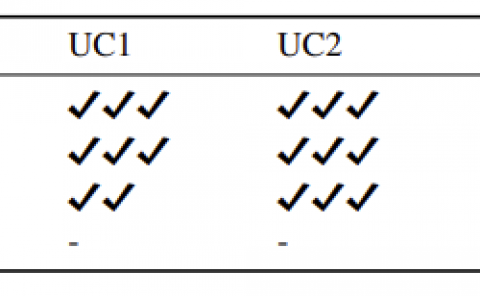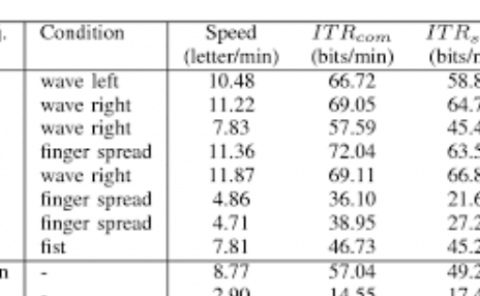Factors affecting vection and motion sickness in a passive virtual reality driving simulation
PubDate: Dec 2024
Teams: University of California
Writers:Benjamin P. Hughes, Hassan N. Naeem & Nicolas Davidenko
PDF: Factors affecting vection and motion sickness in a passive virtual reality driving simulation
Abstract
The current study sought to examine factors that affect vection (the illusory experience of self-motion in the absence of real motion), visually-induced motion sickness, and one’s sense of presence in a passive virtual reality driving simulation by exposing participants to 60-s pre-recorded driving laps and recording their self-reported metrics as well as their head motion patterns during the laps. Faster virtual driving speed (average 120 mph vs. 60 mph) resulted in significantly higher ratings of vection and motion sickness. Reclined posture (30° back) was examined as a possible mitigating factor for sickness, but no significant effects were found. Expanding visual cues (representing forward self-motion) resulted in higher ratings of vection, motion sickness, and presence compared to contracting cues (representing reverse self-motion) and translational cues (representing lateral self-motion). When experiencing typical upright, world-aligned, forward-facing conditions, conformity to the median head motions along the yaw axis was associated with higher ratings of vection, motion sickness, and presence at slow speeds and with vection and presence at high speeds. These findings underscore the importance of head motion patterns as a metric for behavior and contribute to the general understanding of illusory self-motion perception.


